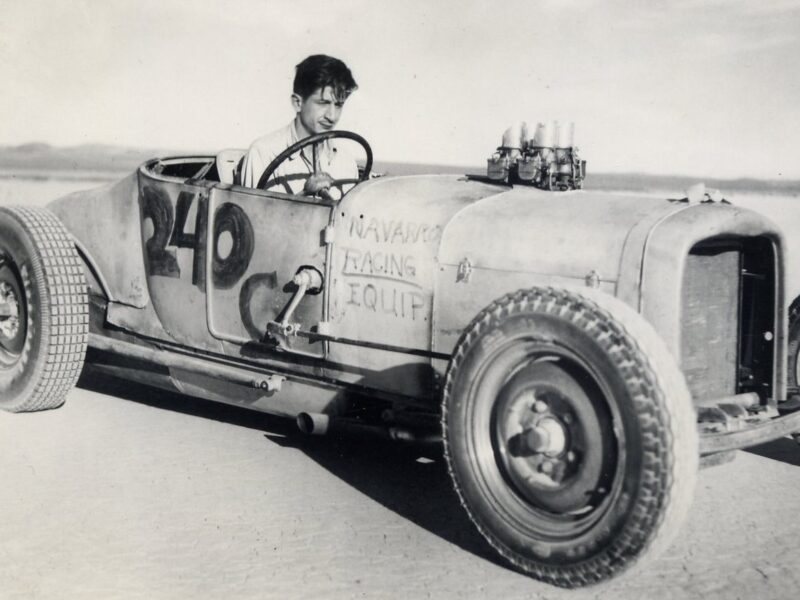Paula Murphy – Trendsetting Woman on Wheels
Today, motorsports fans are seldom surprised to see a woman behind the wheel of a race car and we’ve profiled a host of standouts – Shirley Muldowney, Shirley Sheehan, and Veda Orr, all successful professional racers in, let’s face it, a male-dominated sport. This time we’re adding to that list with Paula Murphy.
These days, the number of women who have excelled on track includes Indy 500 pioneers Janet Guthrie, Lyn St. James, Sarah Fisher, and Danica Patrick; drag race pilots Brittany, Courtney, and Ashley Force (all daughters of NHRA superstar John Force); sports car/formula car chauffeurs Simona de Silvestro, Lella Lombardi, and Jamie Chadwick. There’s even an all-woman formula car series in Europe that is part of the ladder to Formula One.
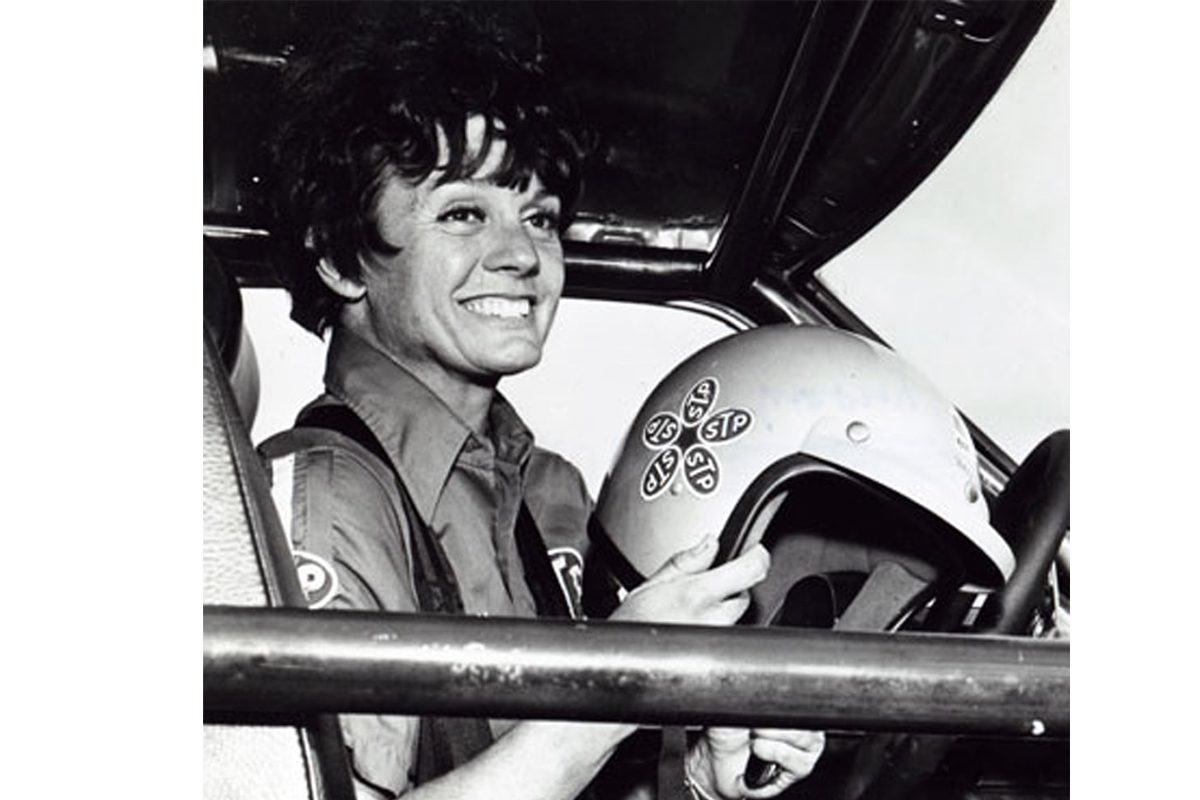
While Veda Orr, a pre-WWII southern California lakes racer, pre-dated Murphy, Paula’s exploits across multiple disciplines arguably did more to propel female racers into the national spotlight.
Paula Muhlhauser was born on June 16, 1928, and grew up in Cleveland. Her father, Paul, a tool designer, was bit of a speed-junkie himself – building and racing sailboats to zoom across Lake Erie. Mom Libbie balanced a career as an X-ray technician with homemaking. Paula felt her first rush of speed atop a pair of speed skates. Next, she joined her father on his sailboat. She found time to guide a horse in equestrian trials. Competition and winning came naturally.
After earning a degree in health and physical education from the University of Cincinnati in 1949, Paula caught on with General Electric, where sparks flew with co-worker Dan Murphy. Marriage, a son, and a move to Southern California in 1953 followed. Sadly, divorce also followed, only three years later, leaving her a single mom.
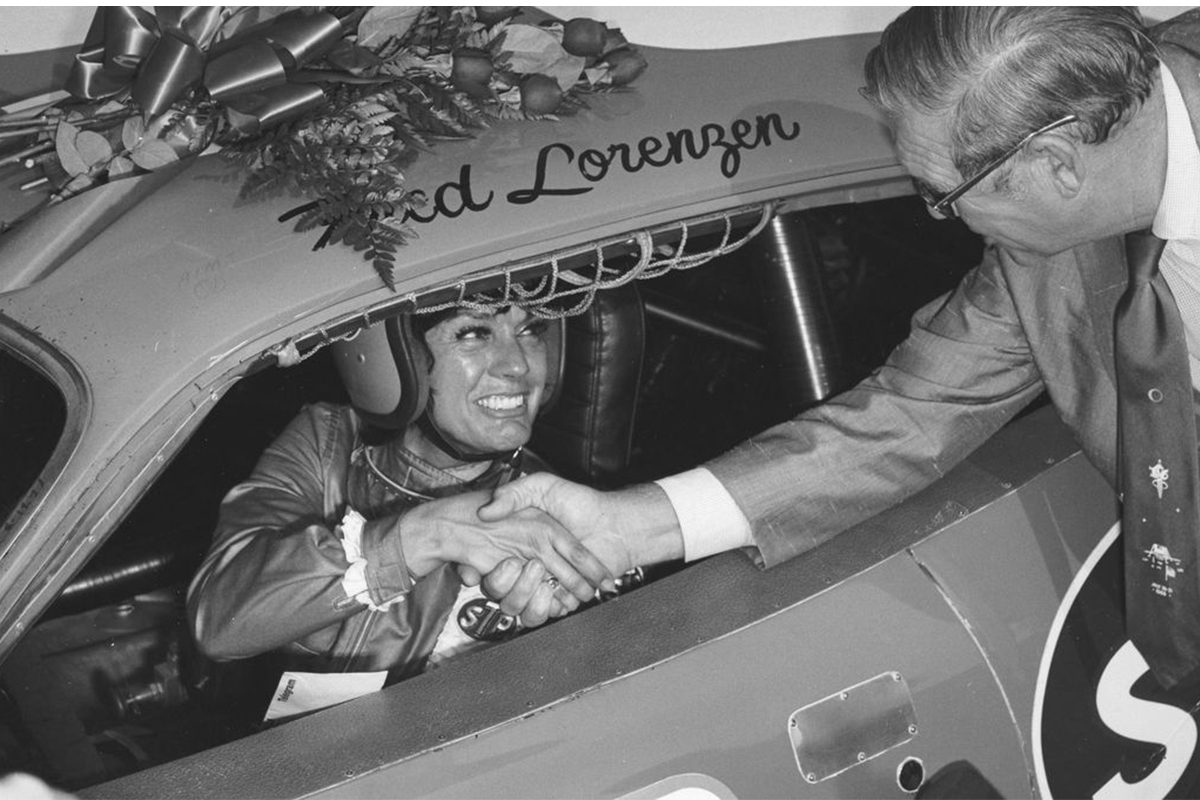
While working at an aerospace firm, colleagues took Murphy to local drag races, which were booming in SoCal. She was less than impressed – until she learned there were classes for women. So began one of the most remarkable careers in motorsports.
Soon, Murphy began winning local races up and down the West Coast. An early turning point came when she and fellow driver Barbara Niland drove from LA to NYC in a Studebaker Avanti. They rolled into the Big Apple 49 hours and 37 minutes later, a new record. The duo went on to set four transcontinental speed records, including one from Canada to Mexico.
Murphy also found her way behind the wheel of a rocket-powered drag car at Sonoma Raceway. When the ’chutes ripped off the car – channeling her inner Craig Breedlove perhaps? – she exited the track at 300mph, gained 70 feet of altitude, and crashed upon re-entry.
You’d think a broken back would have slowed her down. No way.
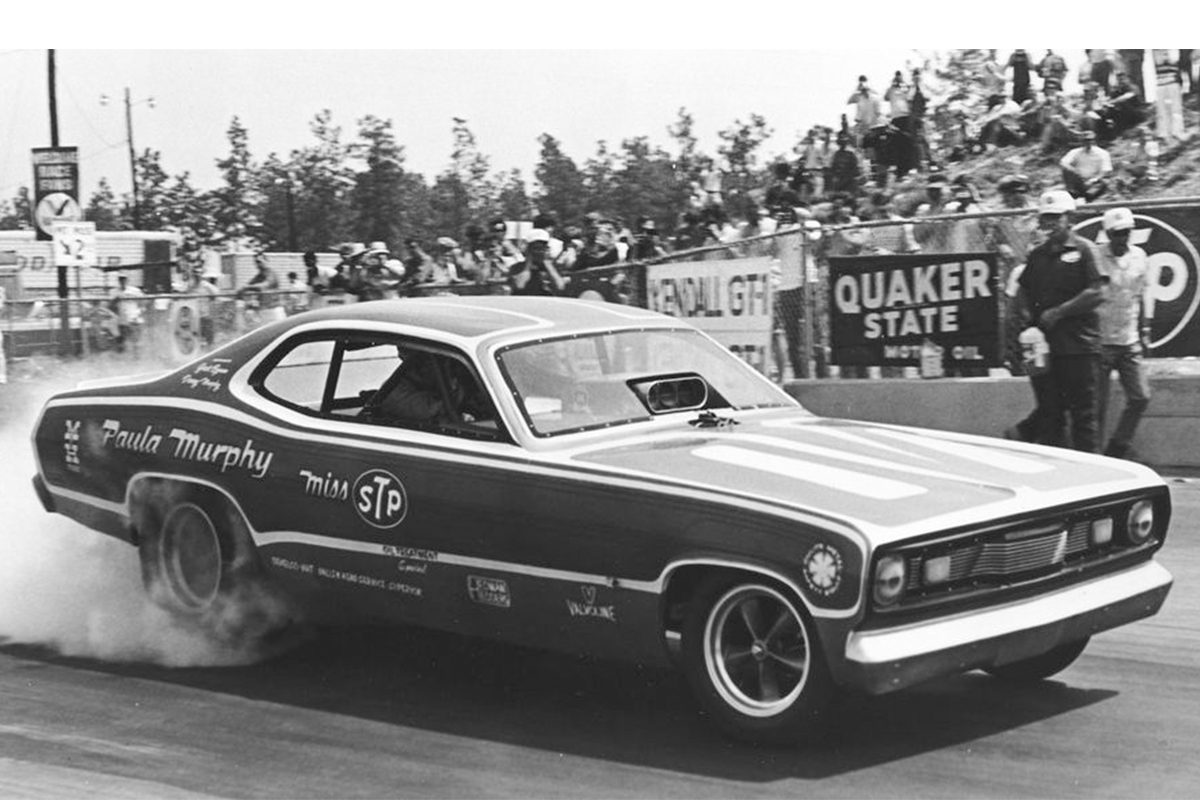
Paula Murphy was particularly fond of the Bonneville Salt Flats. She set a woman’s land speed record of 236mph in a jet car prepped by Art Arfons – earning the moniker “world’s fastest woman on wheels.” Earlier she bagged the internal combustible engine women’s land speed record, 172mph. In 1963, Murphy and Niland drove a variety of Studebakers to more than 360 production-car records in a single week before Murphy sped across the salt in a factory-sponsored Avanti at 161mph.
Quarter-mile action still caught Murphy’s attention: she was the first woman licensed to drive a nitro-fueled dragster, as well as the first woman to earn an NHRA Fuel Funny Car license. In the 1960s and 1970s, she became a huge match-race draw in Funny Cars.
Other exploits included driving an STP-backed Richard Petty stock car and a Novi Indy car. Despite her unfamiliarity with both types of machines, Murphy proved comfortable zooming around at triple-digit velocities.
And she became a media darling. With a radiant smile and a shock of brunette hair, she was delightfully photogenic in television’s dawning age of importance. Early in her career, though, the press clumsily played up the “girlie” angle.
One television broadcaster uttered this cringe-worthy observation: “She prepares to sit down in the most unusual office ever occupied by a pretty young lass in a miniskirt.” Murphy later told author Erik Arneson for his book, The Fastest Woman on Wheels, “They had me putting on lipstick and patting my hair and giving everyone goo-goo eyes for all the cameras.”
Murphy’s rise to prominence coincided with the advent of the women’s movement. Yet, she rebuffed any attempts to paint herself as a spokesperson for women’s lib. “I was doing my own thing,” she said, “before those two words were ever uttered.”
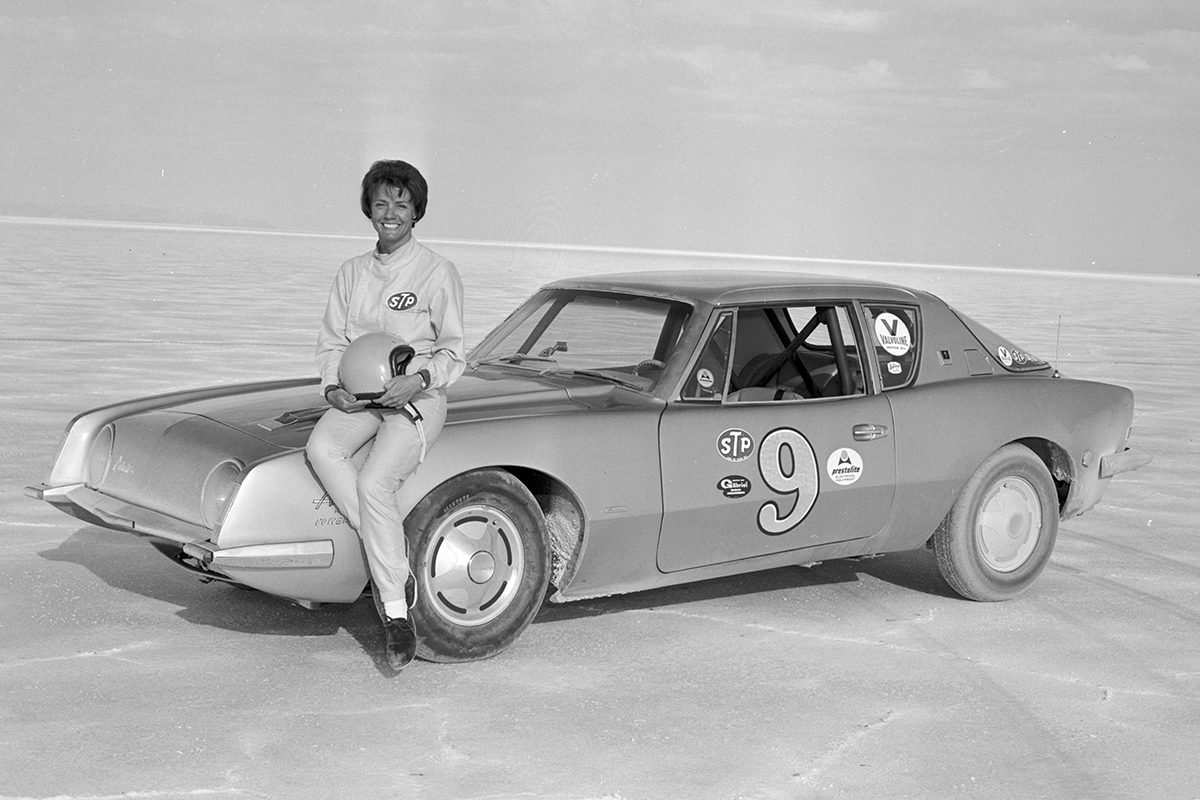
Paula Murphy, who was inducted in the Motorsports Hall of Fame of America in 2017, passed away this past December at age 95. Her passing was mourned across the motorsports community. One of those mourners was esteemed drag racing journalist Jon Asher, former editor of Car Craft. He penned Murphy’s bio for her induction into the MHFA:
“Murphy helped open the door for other women. Along with the exceptional skills she regularly demonstrated was her overwhelmingly likable personality. She may not have been a world champion, but Paula Murphy was first. And one of the best.”
Photos Courtesy Studebaker National Museum, Geddy Images and NHRA



